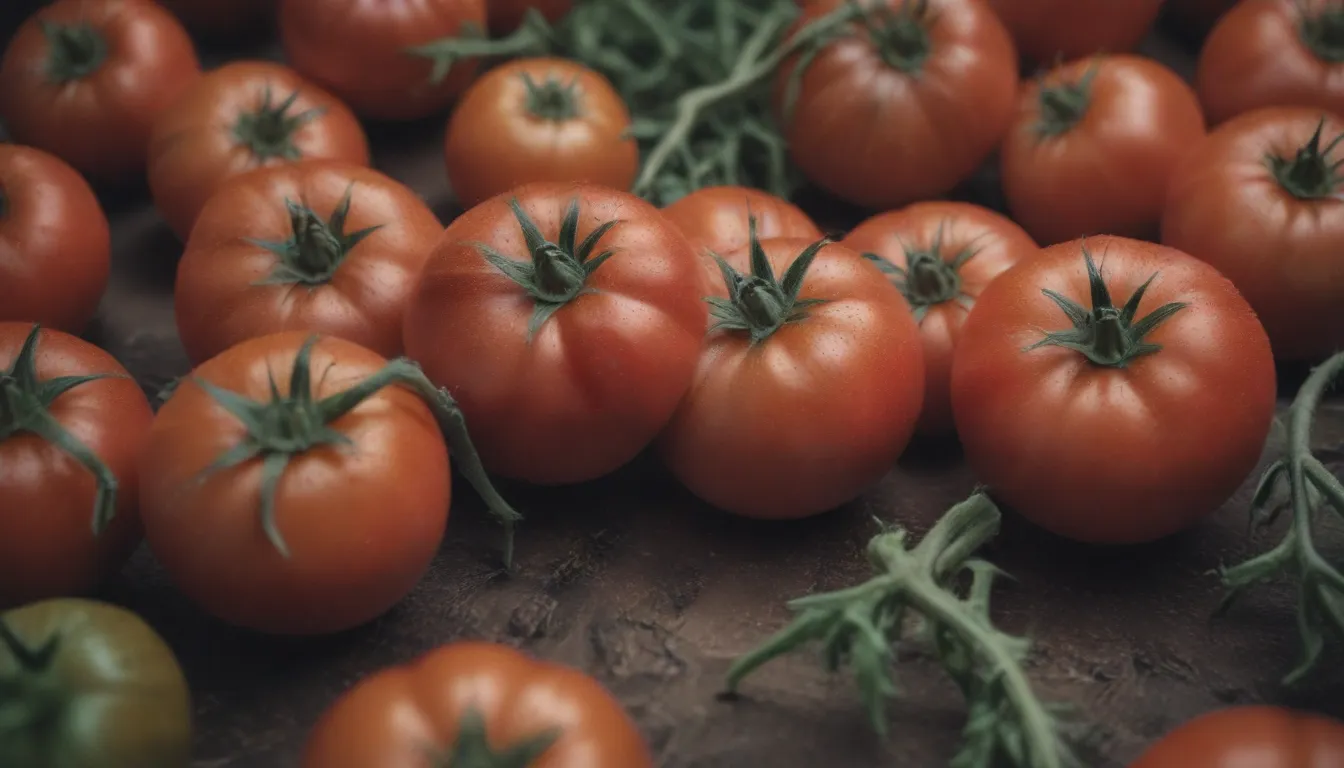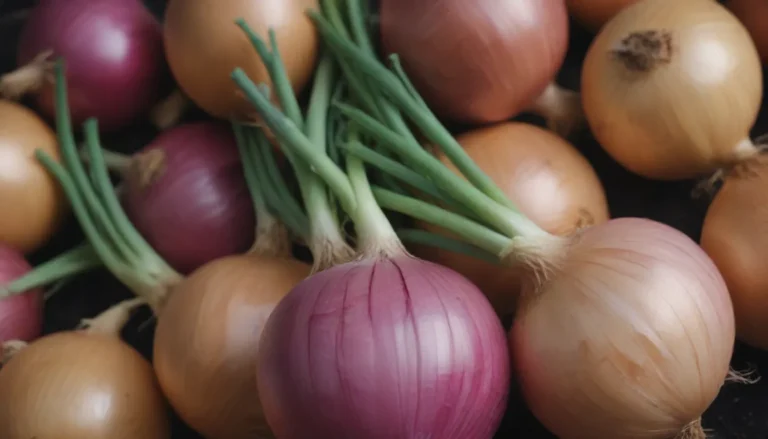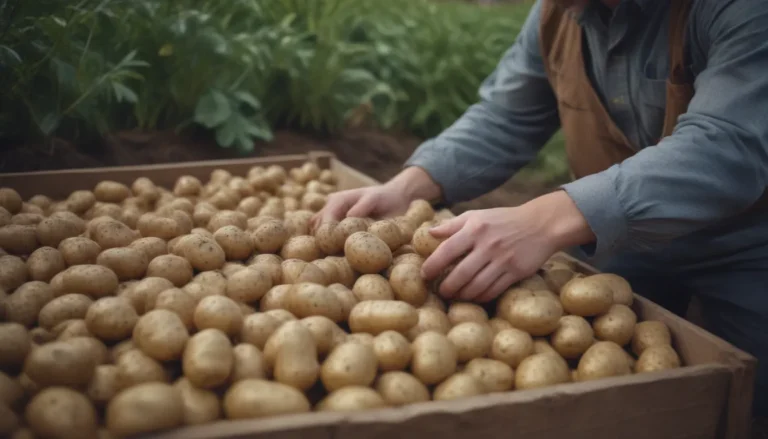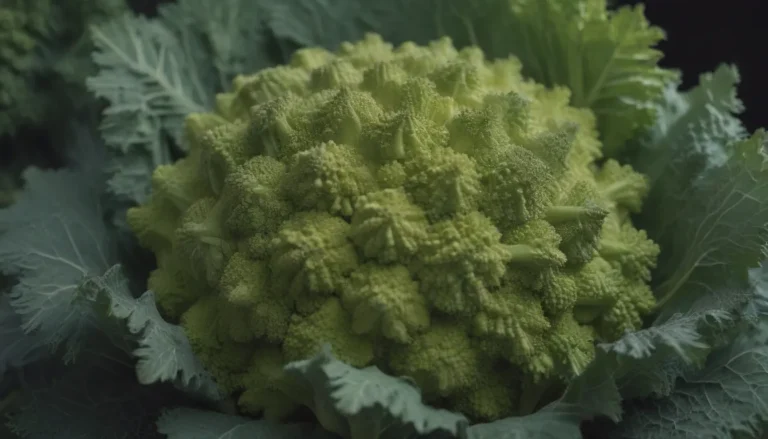Understanding Why Tomatoes Split and Effective Prevention Methods

If you’re a tomato gardener, you’ve probably experienced the frustration of seeing your beautiful tomatoes split on the vine. Whether they are green or ripe, tomato splitting can occur at any stage of growth. In this article, we will explore why tomatoes split and offer practical ways to prevent it from happening in your garden. We’ll also discuss what to do if your tomatoes do end up splitting, so you can still enjoy the fruits of your labor!
Why Do Tomatoes Split?
Tomatoes split due to fluctuations in the amount of water they receive. When tomatoes are grown in drought conditions or have little supplemental water, heavy rain can cause the inner flesh of the tomato to grow faster than the outer skin. This growth disparity leads to the tomato cracking. There are two primary types of tomato cracking:
- Vertical splits: Radial cracks that extend from the top of the fruit to the bottom.
- Concentric cracking: Cracks that appear on the top of the fruit, forming a ring around the stem, commonly seen in large heirloom beefsteak varieties.
While both forms of cracking can allow pests to enter the fruit or promote rot, concentric cracking is sometimes less severe. If the cracking does not expose the fruit’s interior, you can allow it to remain on the vine to ripen, but it’s essential to keep a close eye on it. Green tomatoes that split are more likely to rot before reaching maturity than tomatoes that split when they are more mature.
Illustration: Katie Kerpel © The Spruce, 2018
How to Prevent Tomato Splitting
While you may not be able to entirely prevent tomato splitting, there are steps you can take to reduce the likelihood of it happening. Here are some effective methods to help prevent your tomatoes from splitting:
- Water regularly and deeply: Keeping your plants consistently moist can help prevent splitting by minimizing the impact of sudden rainstorms. This ensures that your plants won’t suffer the shock of excessive water after prolonged dry conditions.
- Mulch: Applying mulch around your tomato plants can help regulate soil moisture levels and prevent water from evaporating too quickly, reducing the risk of tomato splitting.
- Look for resistant varieties: When selecting tomato plants for your garden, opt for varieties that are known to be more resistant to splitting. This can help reduce the occurrence of splitting in your crop.
- Pick tomatoes early: Harvesting your tomatoes when they are slightly underripe can prevent them from splitting on the vine. This allows you to enjoy your tomatoes without the risk of them splitting due to overripening.
- Provide good drainage: Ensure that your tomato plants have adequate drainage to prevent water from pooling around the roots. Excess water can lead to issues such as cracking and rot in your tomatoes.
What to Do If Your Tomatoes Split
If your tomatoes do end up splitting, it is essential to take action promptly to prevent further damage. Here are some steps to follow if your tomatoes split:
- Harvest them quickly: Split tomatoes are more susceptible to rot and insect damage, so it’s crucial to harvest them as soon as you notice the splitting.
- Inspect the fruit: Carefully examine the split tomatoes for any signs of insects or rot. Discard any fruit that smells sour or is oozing liquid.
- Use them immediately: While split tomatoes may not store well, you can still enjoy them by using them in your favorite dishes right away. Don’t let your garden efforts go to waste!
- Common tomato conditions: Keep an eye out for common tomato conditions such as blossom-end rot, which is caused by a calcium deficiency in the tomato due to inconsistent soil moisture. Cracking and other issues like sunscald can also occur due to environmental factors.
In conclusion, tomato splitting can be a common issue faced by gardeners, but with proper care and attention, it can be minimized. By understanding the causes of tomato splitting and implementing preventive measures, you can enjoy a bountiful harvest of healthy, intact tomatoes. Remember to inspect your plants regularly, provide adequate water and drainage, and choose resistant varieties to reduce the risk of tomato splitting in your garden. Happy gardening!





